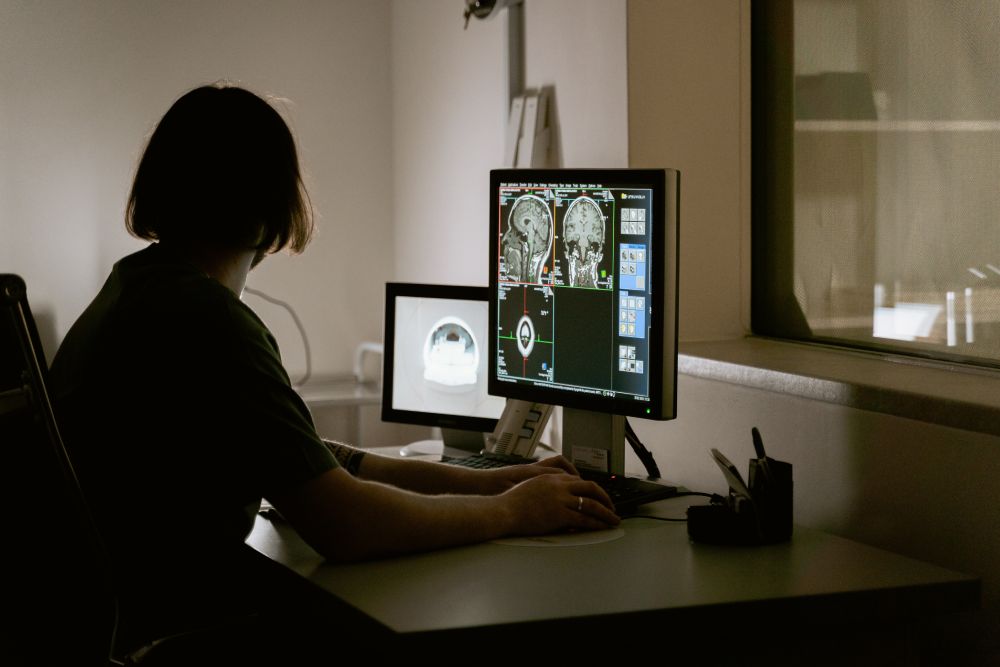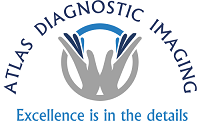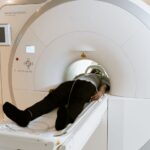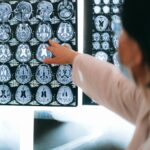Radiology

Radiology Scanning center in Fairview Heights and St. Louis
If you are searching for Radiology center in fairview heights and st. louis, then you have landed on the right place.
What is Radiology?
Radiology is a branch of medicine that focuses on the use of imaging techniques to diagnose and treat diseases and conditions. Radiologists are physicians who specialize in using imaging techniques to examine the internal structures of the body. They use a variety of imaging techniques, including X-rays, CT scans, MRI, and ultrasound, to produce images of the body’s internal structures.
In order to locate a pertinent image that assesses and supports a diagnosis, a radiologist will look at the results of a particular imaging test. Typically, these people are medical doctors (MDs) who have received highly specialised training in the interpretation of medical imaging. Because they operate and maintain the equipment while an image is being created, radiologic technologists contribute to this process as well. Radiologists will provide reports on their interpretations to the referring clinical doctors after a patient has undergone imaging tests.
Atlas Diagnostic Imaging, one of the best Radiology center in St. Louis and Fairview Heights, focuses on patient comfort and convenience as much as image quality and best medical practices.

Different Types of Radiology Imaging Techniques
Ultrasound uses high-frequency sound waves to produce images of the body’s internal structures. It is often used to diagnose conditions such as pregnancy, gallstones, and kidney stones.

Benefits of Radiology Imaging
- Non-invasive: Radiology imaging techniques are non-invasive, meaning they do not require any incisions or invasive procedures.
- Quick and efficient: Radiology imaging techniques are quick and efficient, producing images within minutes.
- Accurate diagnosis: Radiology imaging techniques provide physicians with accurate and detailed information about the internal structures of the body, enabling them to make an accurate diagnosis.
Conclusion
Radiology plays a crucial role in modern medicine, providing physicians with critical information about the internal workings of the body. There are several different imaging techniques used in radiology, including X-rays, CT scans, MRI, and ultrasound. Each technique has its own unique benefits and is used to diagnose different types of diseases and conditions. If you are in need of radiology imaging, be sure to speak with your healthcare provider to determine which imaging technique is best for you.




